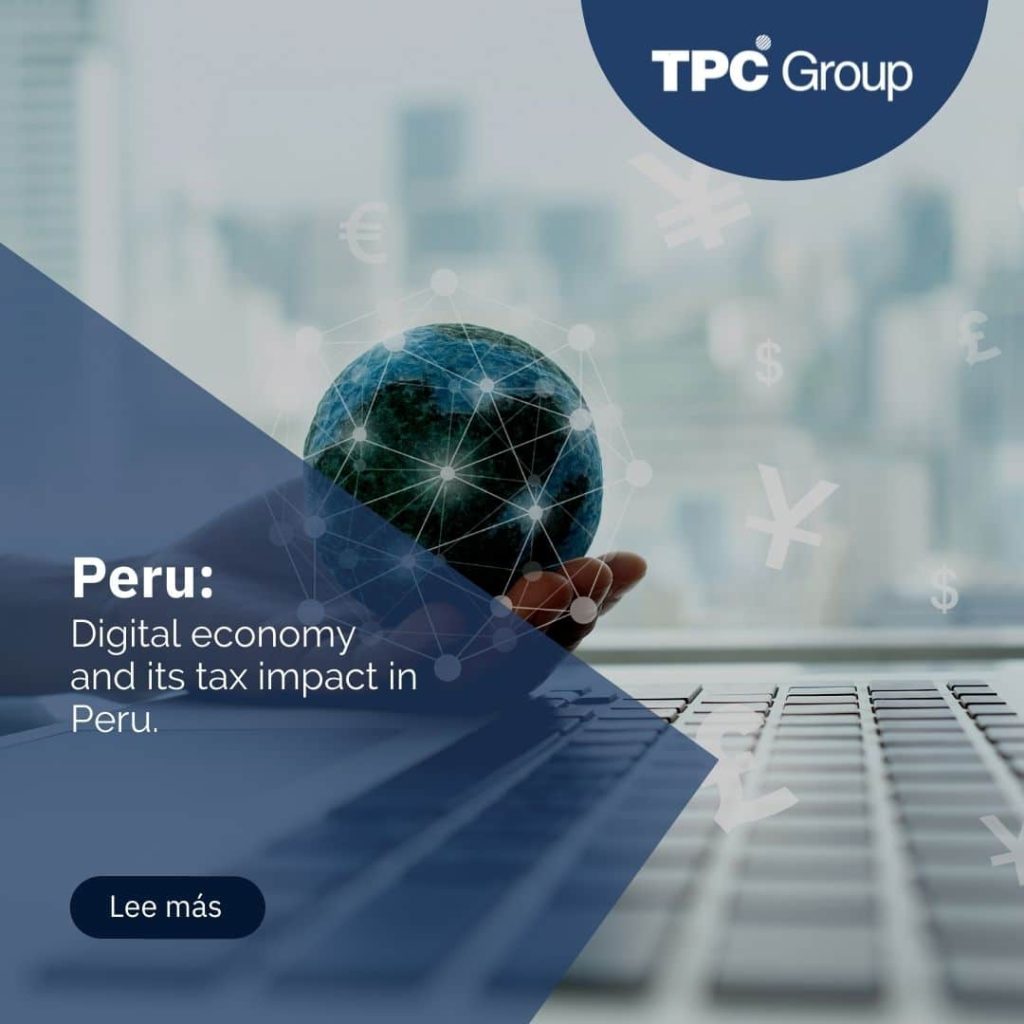Since a regulatory framework is essential for the digital economy under the requirements of the Organization for Economic Cooperation and Development (OECD) within the accession process, the collection for this concept could generate more than US$ 70 million.
In Peru, the 10 largest multinational digital companies such as Facebook and Netflix generate revenues of more than US$800 million per year. Therefore, the collection would be expected to be within the range of US$70 to US$100 million per year, according to appropriate expertise prepared by the Legislative and the Tax Authority.
If applicable, the rule would be implemented by 2023. Although there is already an income tax on digital services provided from abroad in the B2B (business to business) modality, this will be removed to comply with the condition of the OECD unified approach, which imposes the removal of all unilateral measures to tax digital services from national legislation.
This OECD approach has two pillars regarding the digitalization of the economy. First, it is the redistribution of profits generated by international groups to countries where they have users or a market. They do not have a physical presence in Peru, but they offer services and obtain profits. It would apply to multinationals with a global turnover of more than 20,000 million euros and profitability of more than 10%.
Second, the implementation of a global minimum tax to discourage the detour of profits to “tax havens.” This measure is aimed at multinational groups with an effective tax rate of less than 15%.
Source: Diario Gestión 16/03/22




